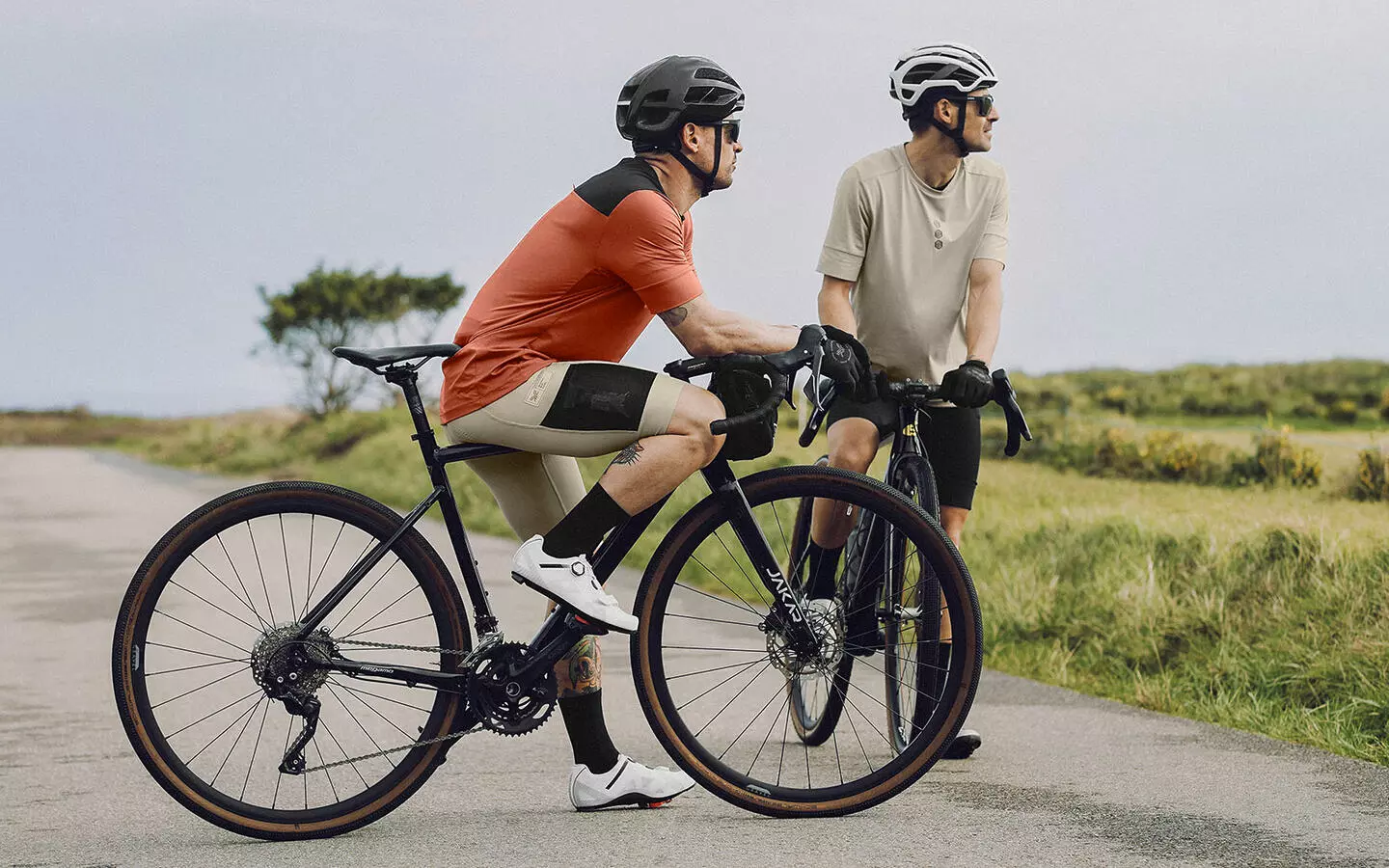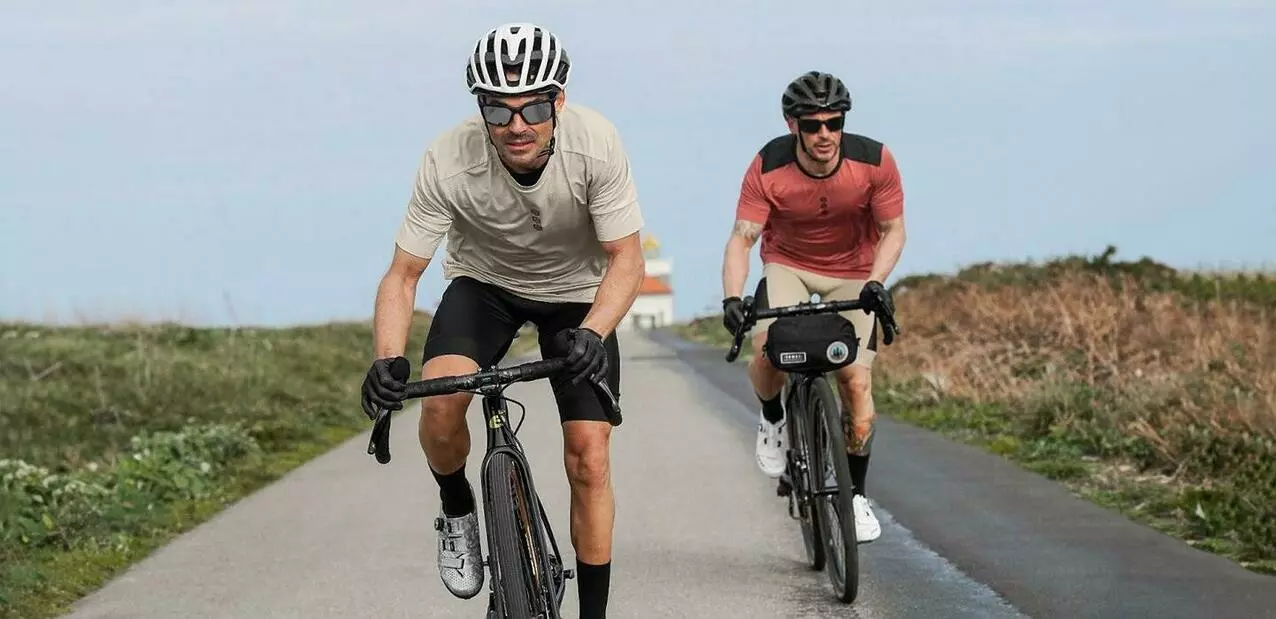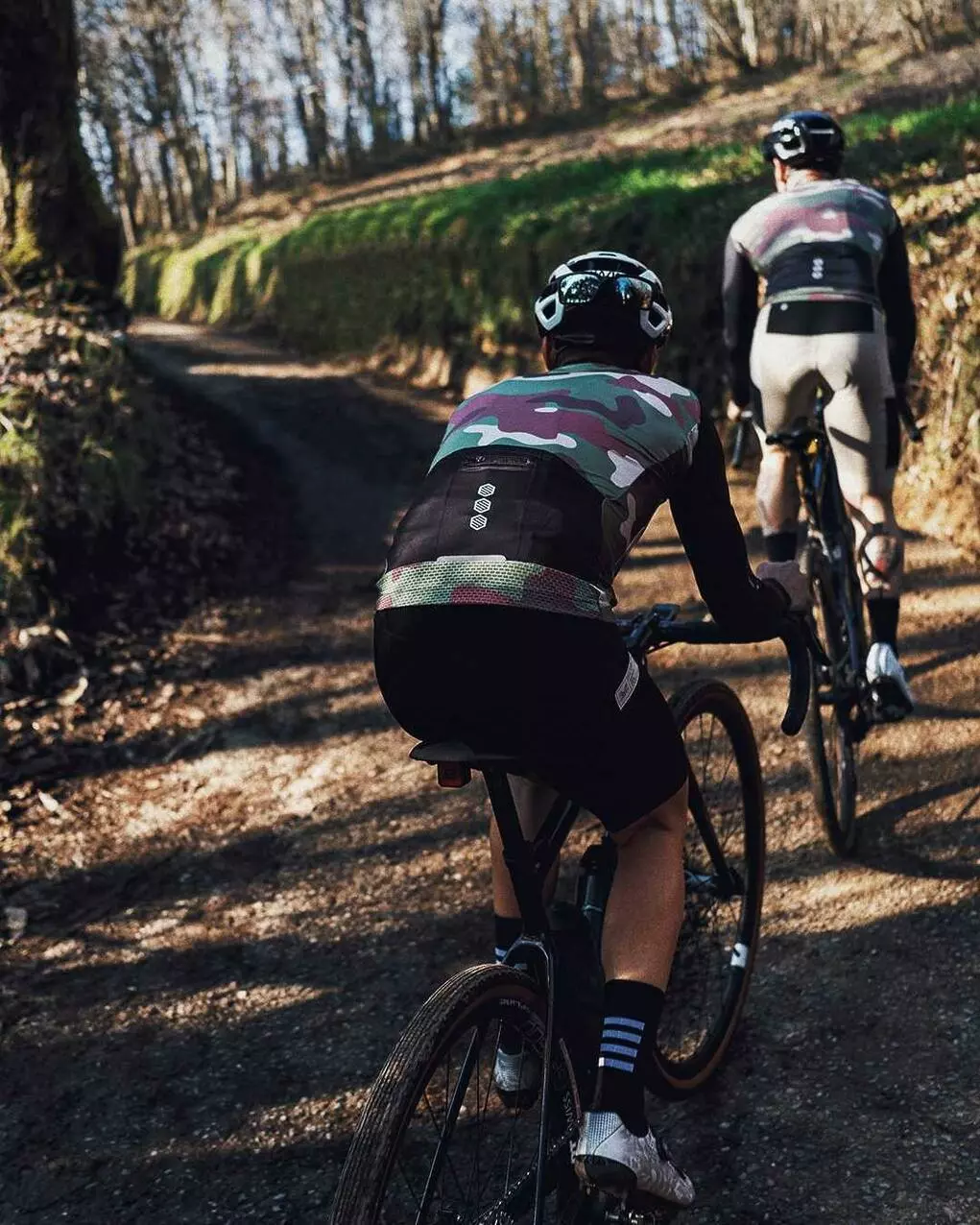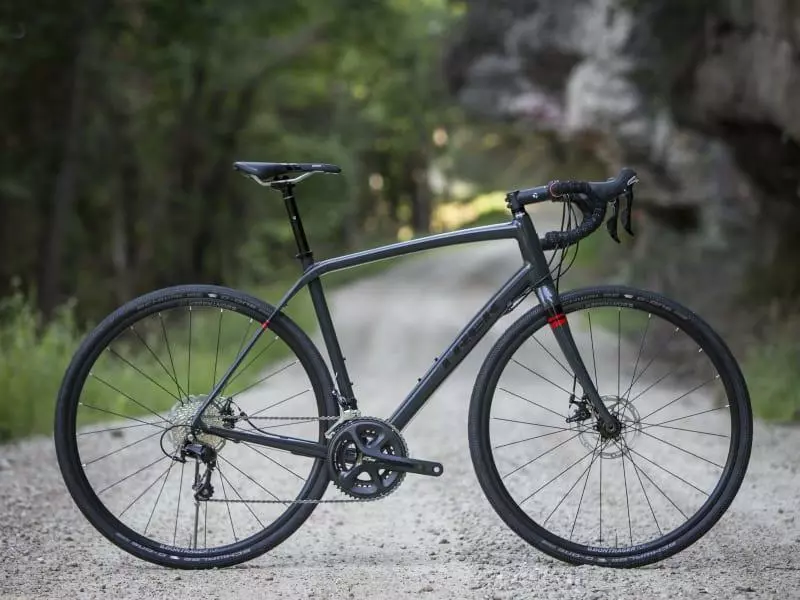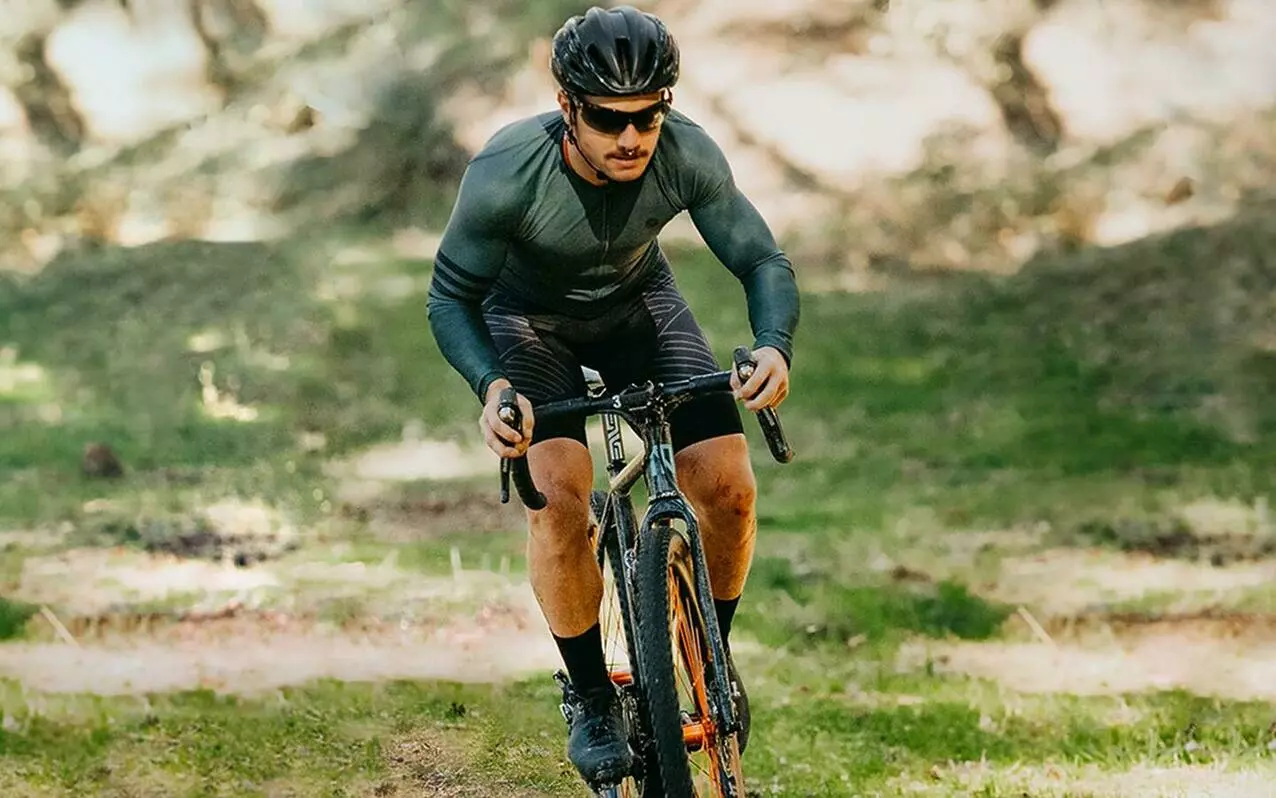The gravel bike: This particular type of bike, halfway between a road and a mountain bike but more similar to the first one, has become extremely popular recently. Gravel bike sales have been increasing non-stop, and this is a growing market with a great marketing push, that also offers alternatives and answers to the needs of both beginner cyclists and professionals. Disc brakes, comfortable geometries, modern gear ratios, a wide variety of tires, shock absorption and suspension systems… This is the result of a technology development, boosted by a market where brands can sell and grow.
But gravel cycling is not for everyone. A gravel bike is not what every cyclist is looking for and not the answer to everyone’s needs. With this in mind, we’ll give you three reasons why a gravel bike could be the one for you to help you make your choice. Here we go:
Versatility
To give you an example, a gravel bike is like a Swiss Army knife: it can do everything you want it to do, but doesn’t excel in anything in particular. Its excellence lies in its versatility. On asphalt, a gravel bike rides faster than an MTB bike, but slower than a road bike. On an off-road descent, and depending on the technical difficulties involved, it can be either faster or slower than a mountain bike. On flat roads and tracks, it’s faster and more fun to ride than a mountain bike, but not necessarily more comfortable.
If you upgrade the wheels, you can adapt way better to the terrain. For example, if you add road cycling tires to your gravel bike, they can turn it into a time trial bike. On the contrary, if your goal is to ride on more challenging terrains, 650b wheels will allow you to use wider tires to improve shock absorption, comfort and grip on more technical tracks. Still, there’s always a limit and even if you can play around with the versatility of a gravel bike, you could never turn it into a 100% road or mountain bike.
Lack of storage space
If you live in a small apartment or house and struggle with storage space, a single gravel bike to move around the city, to ride on roads, different tracks or even practice cycling tourism or travel, is the perfect choice. And, as we mentioned above, if you upgrade the tires, the possibilities expand.
Mixed terrains in your area
For instance, if you live in Spain, around Tierra de Campos where roads are long, straight and with not much inclination. A ‘boring’ type of terrain for most cyclists, but in this area you can also find a great variety of off-road terrains as well, from forest tracks and agricultural roads to trails or paths, crossing greenways and cycling routes such as the Canal de Castilla. In this area, a gravel bike is perfect, although we must say that a road bike with 30-32” wide tires can also manage quite well on most roads. After all, a road bike won the very first gravel world championship using the aforementioned tire width.
Reasons not to buy a gravel bike
As we have already said, gravel bikes are not for everyone. They have limitations and disadvantages against MTB and road bikes in their respective terrains. Let’s take a look at some of the reasons why you might choose not to buy a gravel bike:
- They’re slower than road bikes on paved terrain, and also slower than mountain bikes on off-road, technical terrains. Only on specific off-road terrains can they be faster than a MTB.
- When compared to a MTB, gravel bikes are less efficient and safe on pronounced climbs and descents, especially if you lack technique and experience.
- If you have just started cycling and would like to ride off-road, you will face a lot of limitations with a gravel bike.
- It is less comfortable than a MTB with front suspension, and even more so than a cross-country bike.
- A mountain bike can work just as well as a gravel bike with the adequate adjustments, even on-road. A time trial or endurance bike could also work.
- Gravel bikes require more maintenance and wear faster than road bikes. Off-road terrain is harsher on the bike than pavement, even if pavement could also wear the tires.
Is a gravel bike worth it?
As it is the case with most things, it depends. Let’s take a look at several factors to consider before making your choice:
The type of terrain in your area
If you live somewhere with similar types of terrains as Tierra de Campos, a gravel bike is perfect. However, if you don’t have many off-road areas or they seem too technical, the best option is a road or MTB bike respectively.
Do you have a bike already?
If you have an MTB bike with 29” wheels and front suspension, you might just need to get yourself a new pair of wheels with thinner tires to get closer to a gravel bike with flat handlebars, less aerodynamic but with the relief of shock absorption. Even an old MTB bike without front suspension and 26” wheels with thin tires is pretty similar to a gravel bike. Some people even think that gravel bikes are the MTB bikes of the 90s.
If you have a road bike with rim brakes, make sure to check what tire width you can use. 30-32” can work, but this combination is not that common. On the contrary, the maximum width can reach 32-34” or more on modern road bikes with disc brakes. This setup opens up more possibilities on off-road terrain with little technical difficulty.
If you don’t have a bike and you’re looking for one that allows you to practice road and off-road cycling without much technical difficulties, then a gravel bike is a good purchase, but not the only option in the market for you. The current endurance or time trial road bike models that feature disc brakes, wide tire clearance and comfortable geometries, are a good choice as well, if they suit your preferences and needs. Domane from Trek or Endurance from Canyon, for example.
Riding alone or in a group
If you prefer to ride on your own, then you should buy the bike that best suits your needs and preferences. However, if you’d rather ride in a group, and it happens to be a road or MTB cycling group, then a gravel bike might fall too short and not be enough.
IN CONCLUSION
We can then conclude that gravel bikes would never be a perfect replacement for a road or a mountain bike, only in very particular cases. Take a look around: How many roads, tracks or trails do you know where you can ride a gravel bike?
If you don’t know or aren’t too sure, don’t even think about it: a road bike will be a better option.
If you know for sure that there’s plenty of not too difficult off-road terrain around your area, go ahead and get yourself a gravel bike, but take a modern time trial bike into consideration as well, especially if you’re planning on riding both road and off-road.
If you’re a beginner and you still struggle at descents or climbs on off-road terrains, beware. A hardtail or full suspension MTB bike with low suspension travel (100-110 mm) will be more comfortable, safe and efficient.
If the off-road terrain you have access to is too technical and uneven, you should forget about gravel bikes and get yourself a mountain bike. It can be a hardtail one, but the best option is definitely a full suspension mountain bike with 120 mm suspension travel. You will climb, but most importantly descend, more comfortably.
Last but not least, don’t forget company. Riding on your own or in a group greatly affects your choice. When you ride alone, you decide your own pace. When riding in a road or mountain cycling group, your gravel bike can become a burden.
Keep in mind that, if you get yourself a gravel bike and ride in a group or on terrains none of you is ready to face, your whole experience will be quite negative, both physically and mentally. If you’re not having fun and enjoying this experience, your gravel bike will most likely end up getting sold to someone else, or worse, forgotten about in a corner. After all, even if your bike is not the only important thing in cycling, it also affects how we live, suffer and enjoy this sport.
